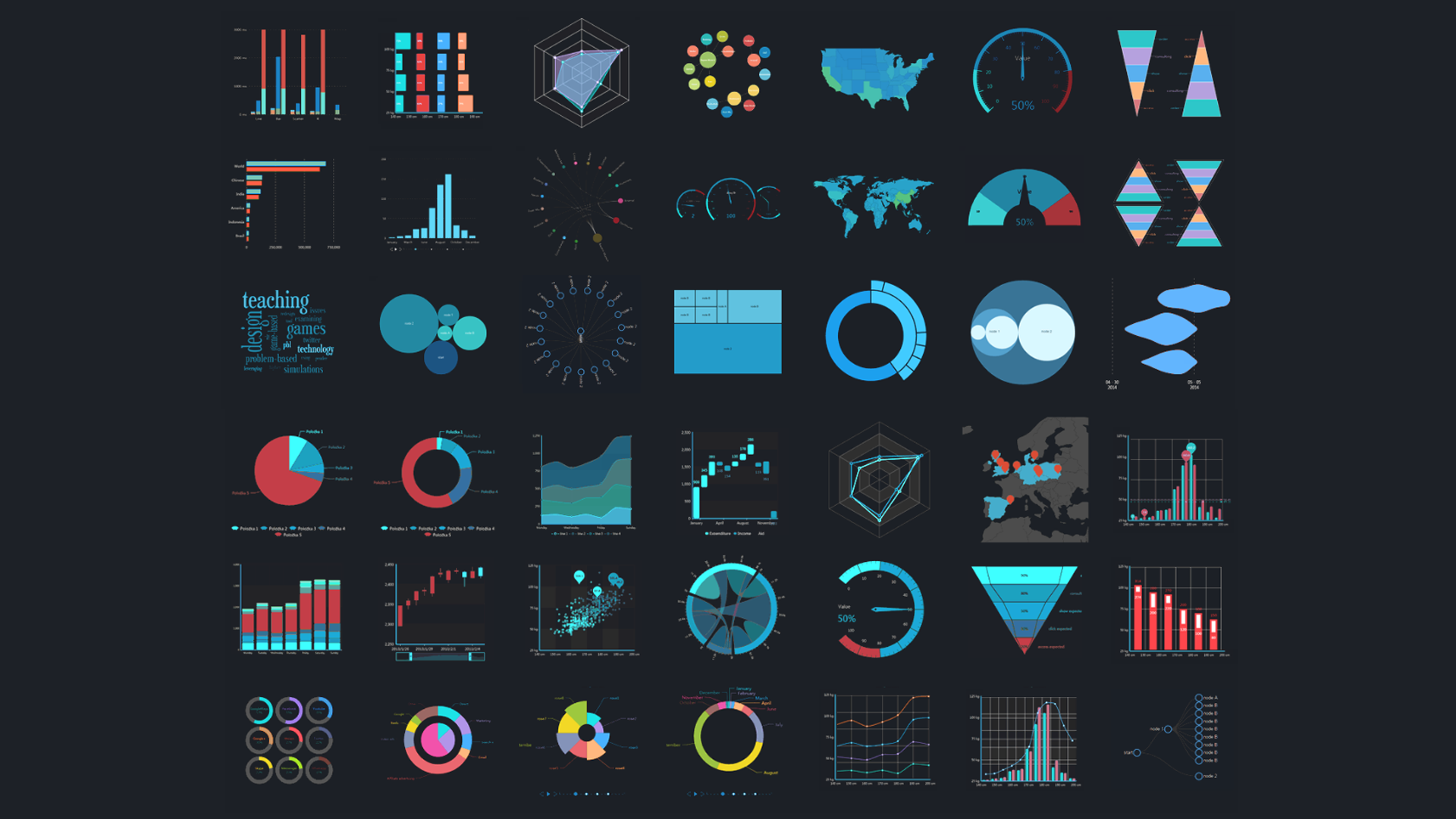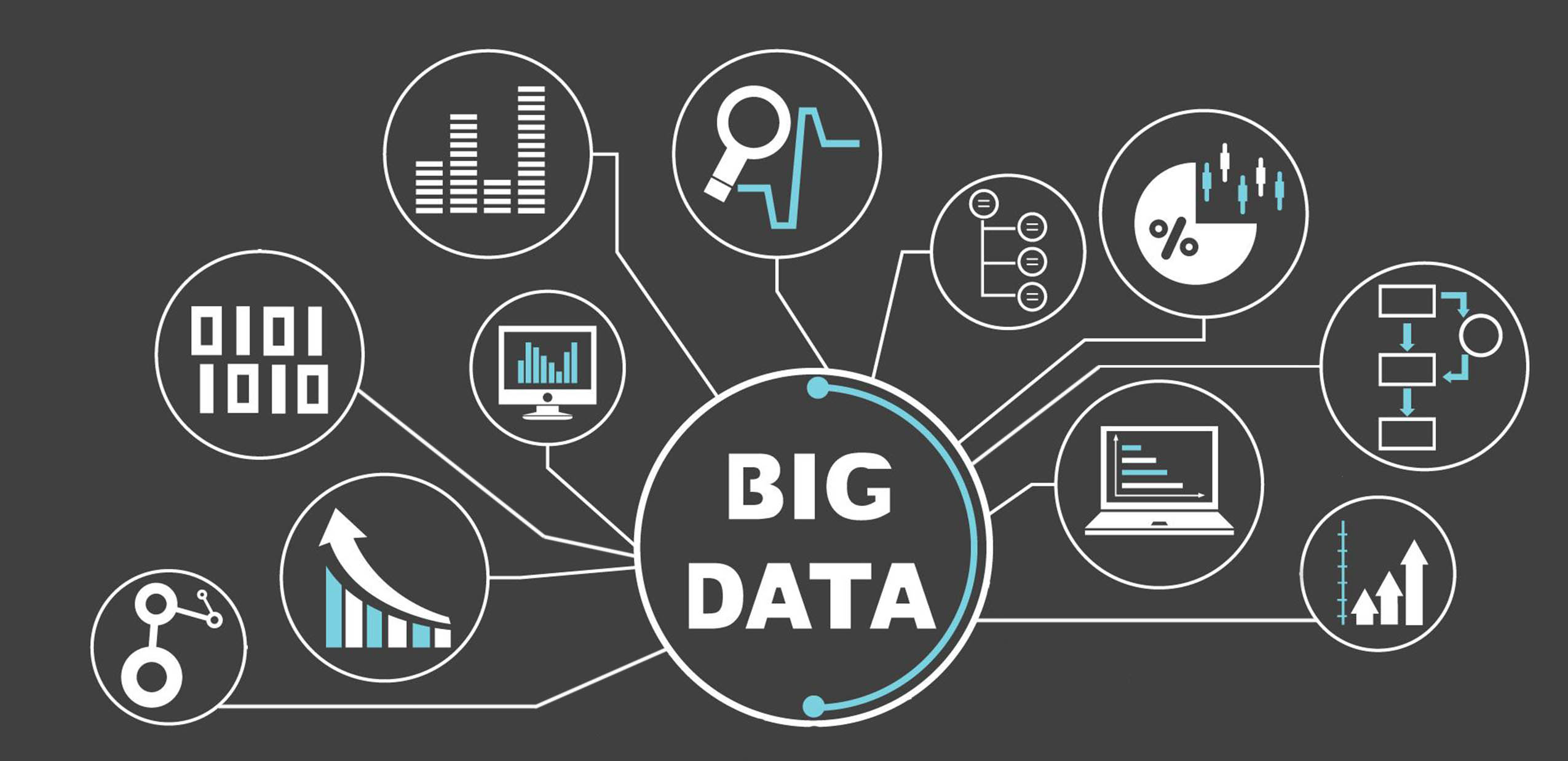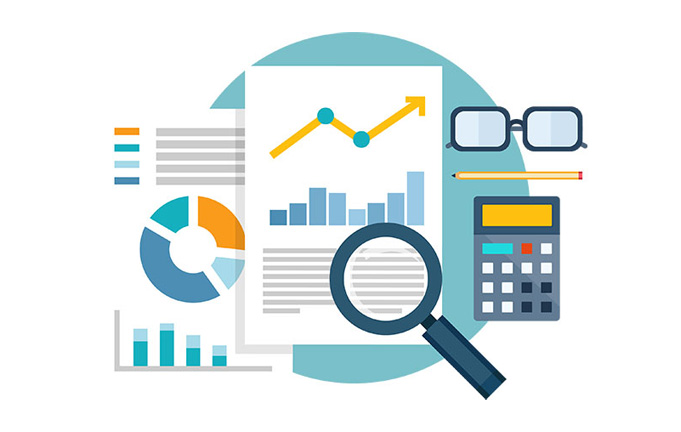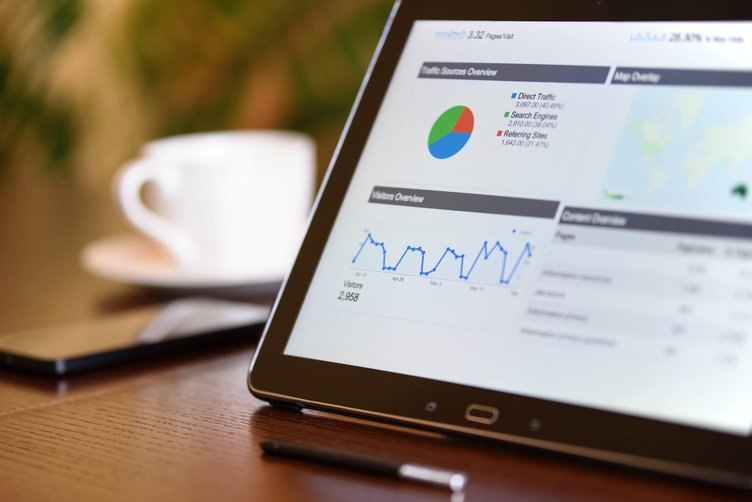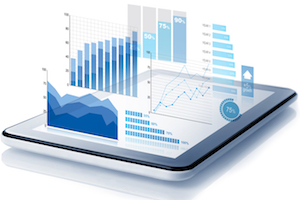There are many factors that determine the success of a business, however, all businesses that are deemed successful tend to have one key characteristic in common; performance goals.
More commonly referred to as KPI’s (Key Performance Indicators), these business ‘goals’ or ‘targets’ are a way of measuring whether a business is meeting its core business objectives. KPI’s are usually set via a SMART process and are specific to a certain set of metrics depending on whether they are related to a specific department of a business or are to be used to gain an overview of the performance of the entire business.
What are SMART KPI’s?
Various organizations have created different guidelines for setting KPI’s however, a proven system is the SMART system.
- Specific: Convert sales calls into buying customers
- Measurable: Convert one in every three sales calls into a buying customer
- Achievable/Aggressive: KPI’s need to be achievable, for example, converting every single sales call into a client is not realistic, but in the same instance you want your KPI to be aggressive in terms of aiming high and pushing your people and resources. Therefore, converting one in every 30 sales calls for example, is not really a KPI that will require effort or indeed bring in your desired sales growth. For this metric we are looking to find a realistic balance between the two.
- Relative - If you don’t have the resources or sales people consistently making sales calls this KPI is
not relative. - Timed: Convert one in every three sales calls into a buying customer as an average over a 3 month period
Departmental KPI’S
Every aspect of a business will have its own set of KPI’s which are determined by the questions we require the KPI’s to answer.
These can cover marketing, sales, human resources, SaaS, digital marketing, social media, SEO, email, finance, DevOps, supply chain, call centers, support, retail, customer service, e- commerce and more.
Once you have established a core set of KPI’s for the various departments within your business you will need a medium by which to track them. This is most effectively done through dashboard reporting software where multiple KPI’s can be tracked on one screen. Any system of this nature should also offer full integration so that business owners and key members of management can view both headline KPI’s from each department on one dashboard or view all individual departmental KPI dashboards.
This software enables the user to view information in the form of graphs, charts and other visual media making it easy to understand and grasp key metrics and ultimately whether a KPI is under or over performing.
KPI Templates
Identifying the right KPI’s for your business and how to most effectively monitor them can pose a real challenge for business owners. Reams of data and copious man hours of cross referencing and collating are thankfully now a thing of the past due to the latest BI (Business Intelligence) software. Thankfully, this revolutionary business tool also offers managers and business owners pre-designed and programmed KPI business templates.
These templates are designed to give the user a foundation to work with based on previously trialed KPI’s for a huge variety of business sectors.
A template of this nature has all the basics in place including some of the most commonly used KPI’s for that specific part of the business and appropriate visual aids to best summarize related information.
Business dashboards are time and cost effective options for any business but many business owners and managers are concerned with the time and effort they perceive it will take to program dashboards in relation to their specific KPI data needs. This is where KPI templates prove to be such a useful resource as they offer the user the option to either utilize the suggested KPI’s in the template or tailor them to their particular business needs.
Tried and Tested
Most KPI templates offer tried and tested KPI suggestions for specific aspects of a business and whilst most businesses are very different, we all still look to measure sales in the same way or profitability in the same way for example.
As a result of these similarities, professional templates have pre-programmed KPI calculators that only require the user to input their specific margins, stock levels or other appropriate data and to specify the ‘target’ or KPI they are looking to achieve. KPI templates have suggested charts and graphs to demonstrate how KPI progress might be shown visually on the dashboard. Users can follow the entire template suggestions or change them to something more visually appealing to them.
Ultimately, KPI templates offer a foundation to work with which provides suggested KPI’s per department or specific business area, suggested visuals to monitor the KPI’s and the flexibility to change or adapt to specific business needs.
What to Look for In A KPI Template
Knowing that a template is an essential resource for monitoring your business KPI’s is one thing, understanding what to look for in a KPI template is another. Here we outline some of the key features to look for before making that all important investment for your business.
- Flexibility: Your template should offer the facility to develop completely new KPI’s for your business or enable improvement to your existing KPI’s.
- Ultimate Goal: Your template should allow for the insertion of your ultimate objective or goal by utilizing a specific KPI so that all that use the template understand its relevance. For example: Increase sales conversion rate to grow market share and improve sales technique.
- Identify Users: The template should identify who it will be used by. For example: Senior Management and Sales Executives
- Context: The template should identify what question the KPI will answer. For Example: To what extent is our current sales approach working to achieve new customers?
- Use of Information: The template should allow you to show how the KPI data will be used. Some employees for example may be scared that the future stability of their career hangs in the balance and will be determined by the achievement of a specific KPI. Clarity needs to be provided to avoid internal fear relating to KPI business intelligence. For example: This data will be used to report internally on the effectiveness of our sales approach to potential customers. It will not be used for performance assessment or in relation to bonus payments.
- KPI Name: Each KPI should be named according to what it indicates so that all users can relate immediately to the data being discussed at any given time. Your template should make provision for this. For Example: Sales Conversion Rate
- Collection of Statistics: Your template should make provision to show where statistics will be sourced from. For example: Data sourced from sales call log.
- Thresholds: There should be provision on your template to show thresholds of the data, so all users understand how the KPI will be measured. For example: Below 3 – Negative, Above 3 Positive (in growth)
- Reporting and Collection Frequency: Your template should allow for information relating to how often the data will be collected and from what source. For Example: Data will be collected every 36 hours from 100 percent of our sales calls.
- Responsibility: Should state those responsible for data input and data management. Each user should be individually identified by their initials or another agreed form of identification when inputting or amending data.
- Review Date: Your template should offer the option for inputting KPI review dates. KPI’s are designed to be monitored and assessed over specific time periods, not only for the
information they yield but their ongoing viability. This is especially so if they relate to specific time related projects. - Ease of Use: Your template should be easy to use, understand and navigate. Inputting specific data and understanding the functionality of your template are key to both its effectiveness and use.
- Support – Ensure you have available support for users through your provider in the form of articles, advice, online support and resources.
KPI’s are Key to Your Business Success
Business Intelligence software has revolutionized the way we work and the information we can collate and monitor at the touch of a button. Programmers and developers recognize that these resources are only effective if they add value to a business and don’t over complicate the process. Resources like KPI templates offer accessibility to a variety of users where monitoring data and KPI performance in the past has only been reserved for the ‘tech savvy’ business elite or those prepared to spend hours monitoring and assessing data from a huge variety of mediums. Once you have your KPI’s set and your template in placed you will wonder how you ever effectively monitored and measure your KPI data without one!




